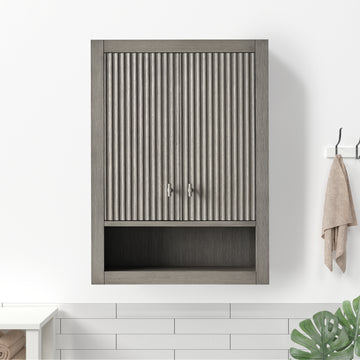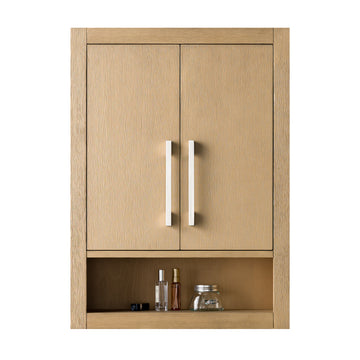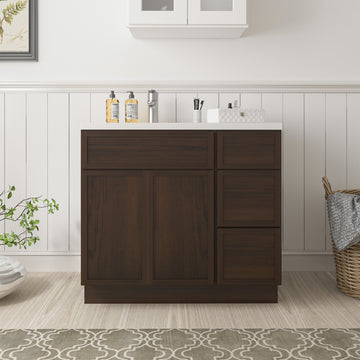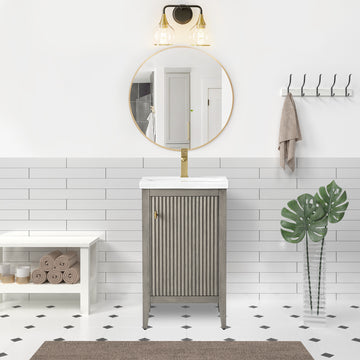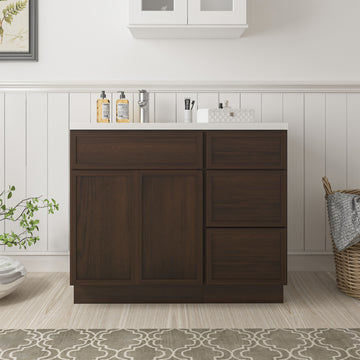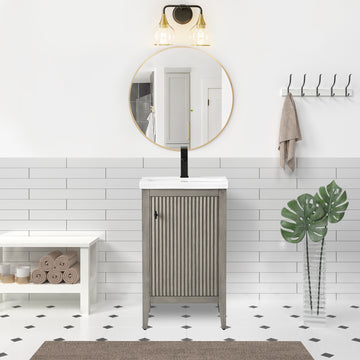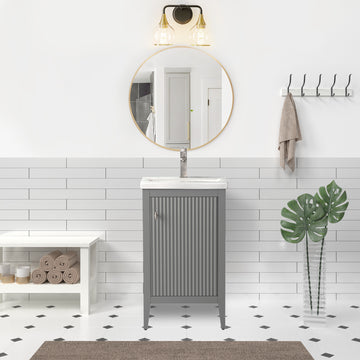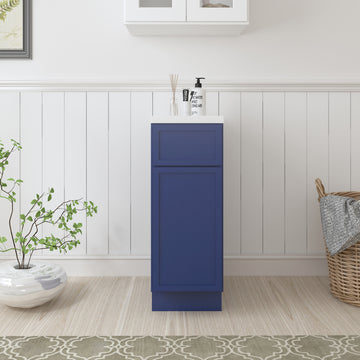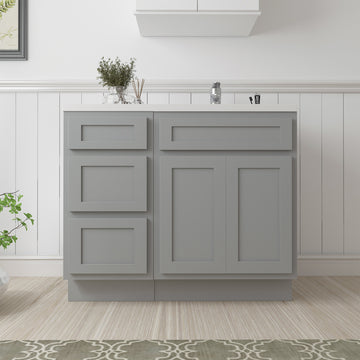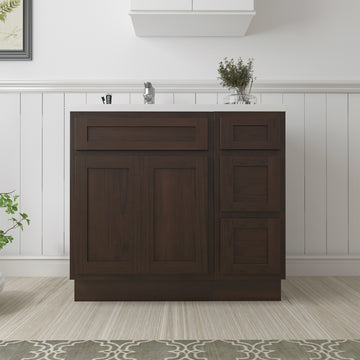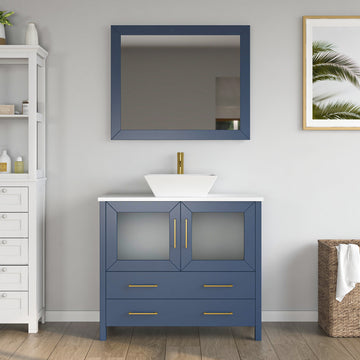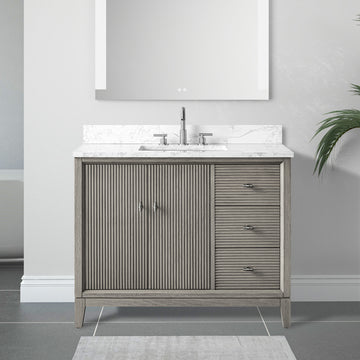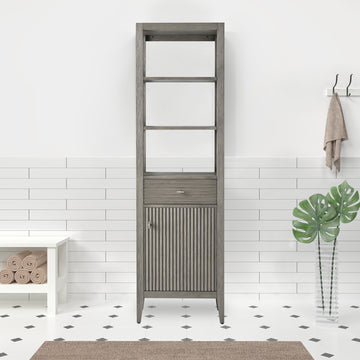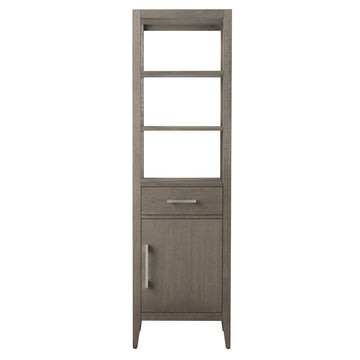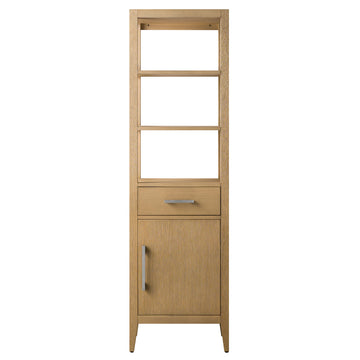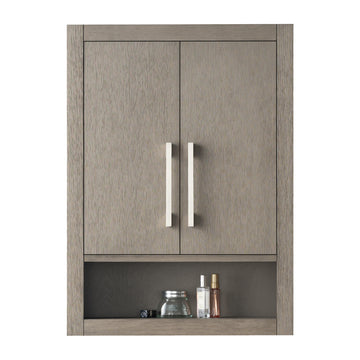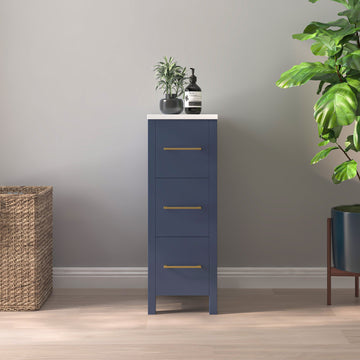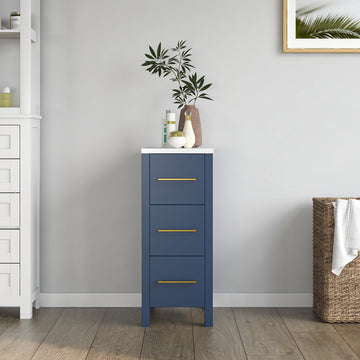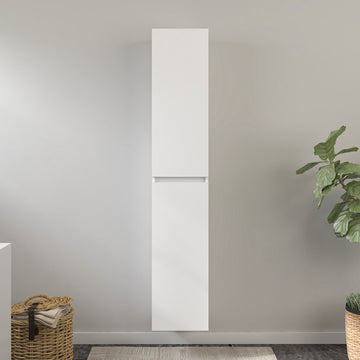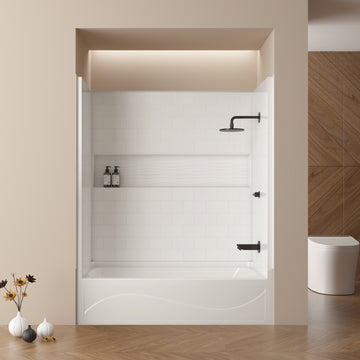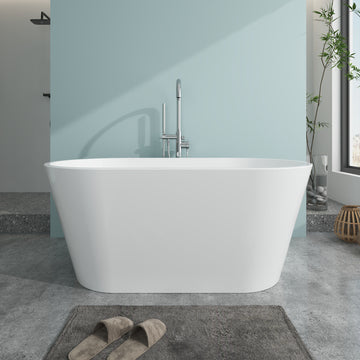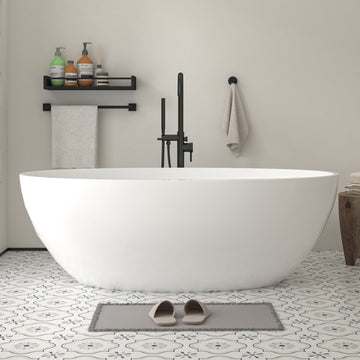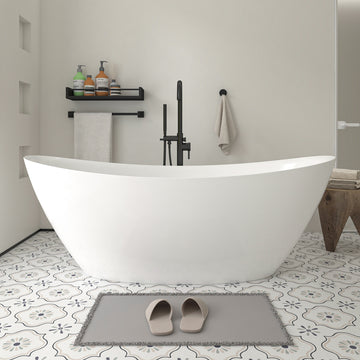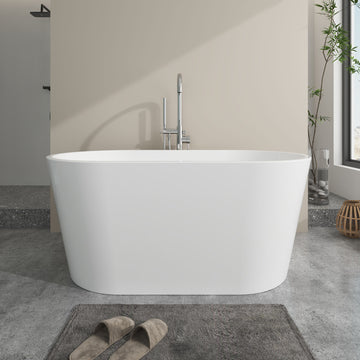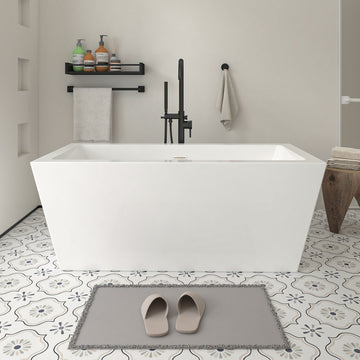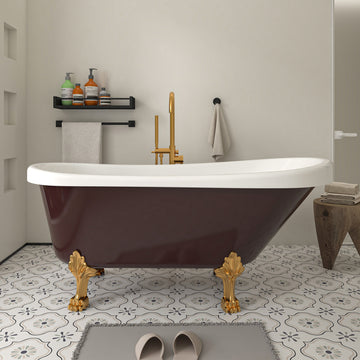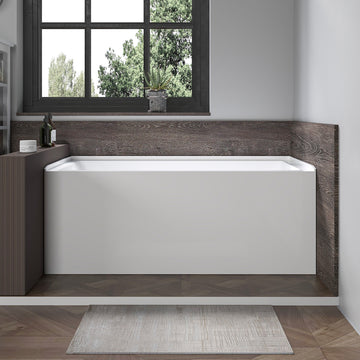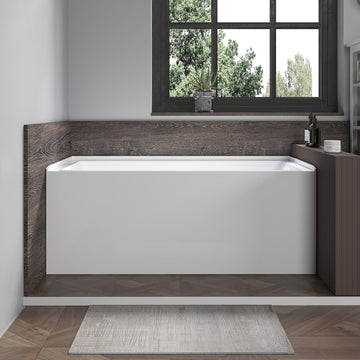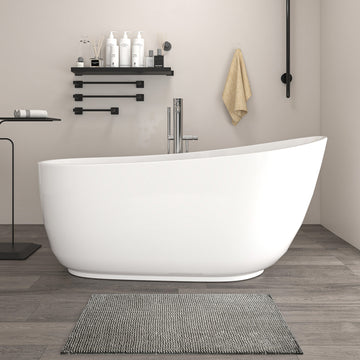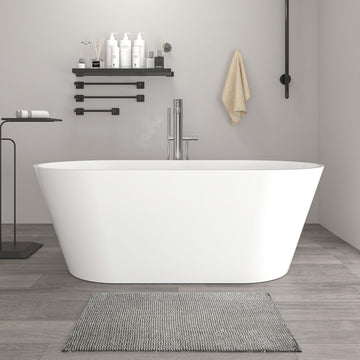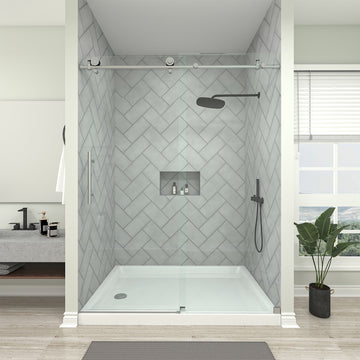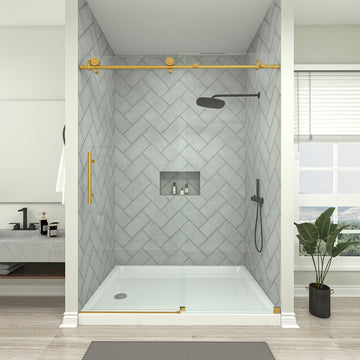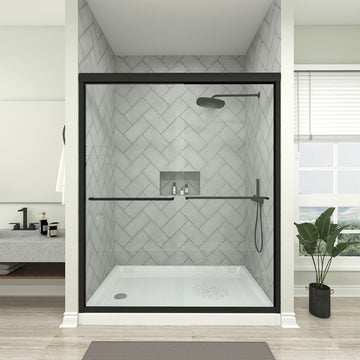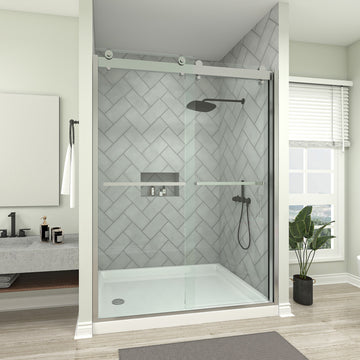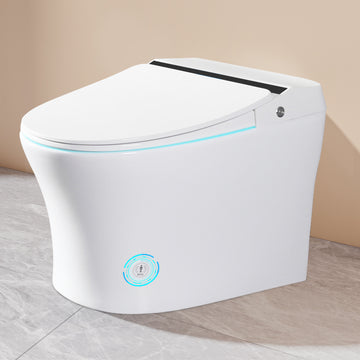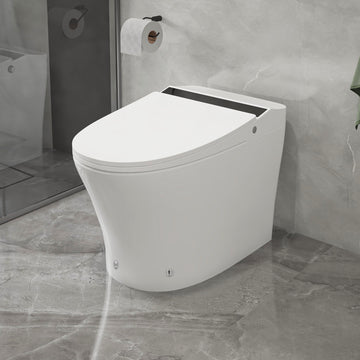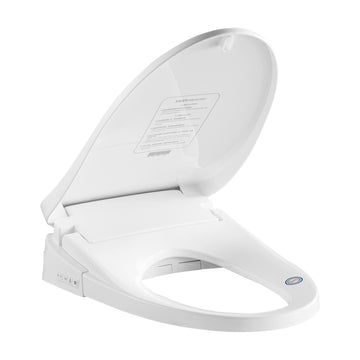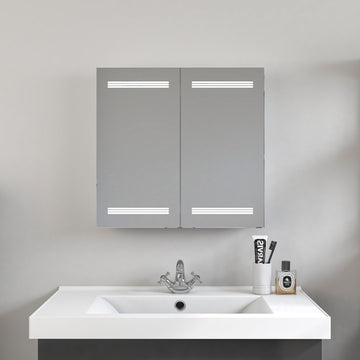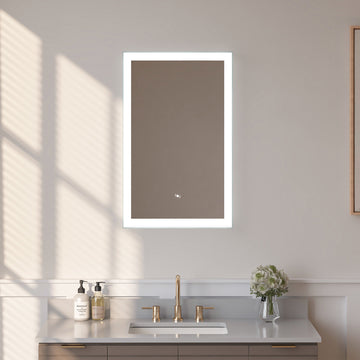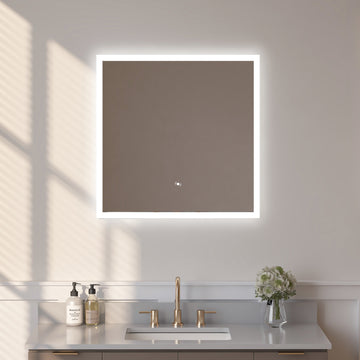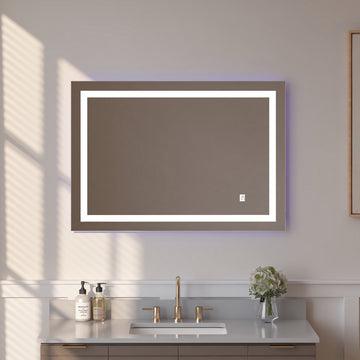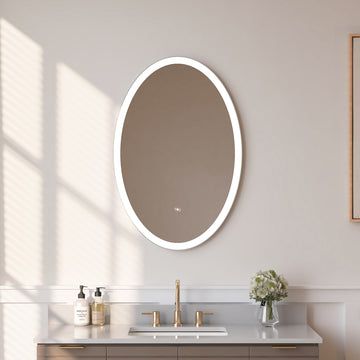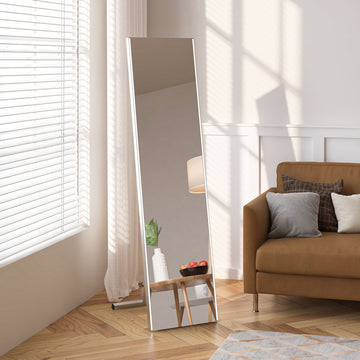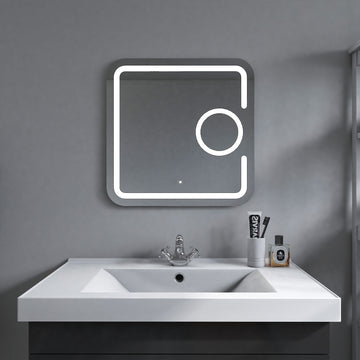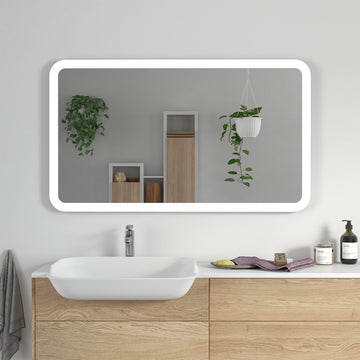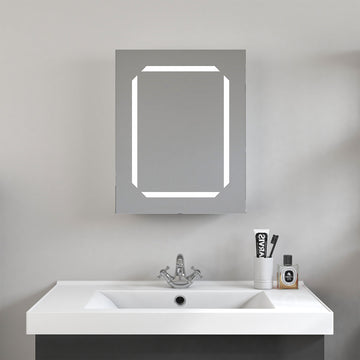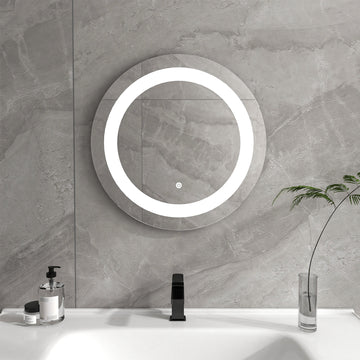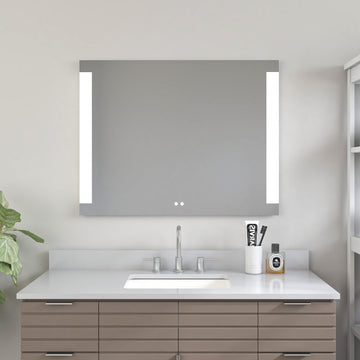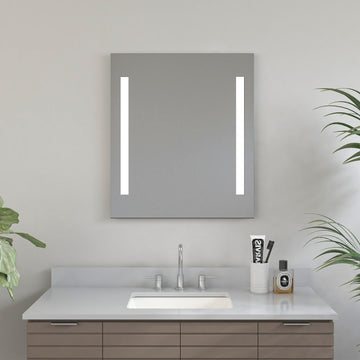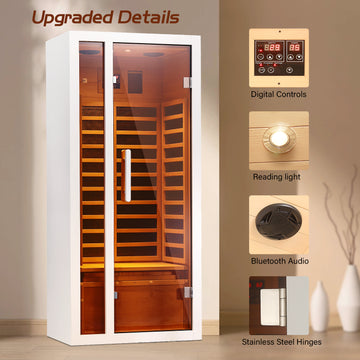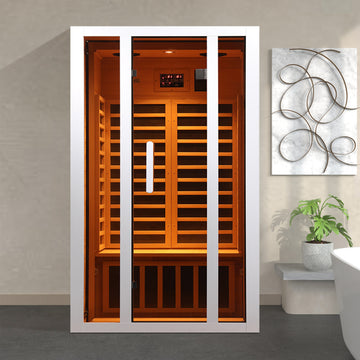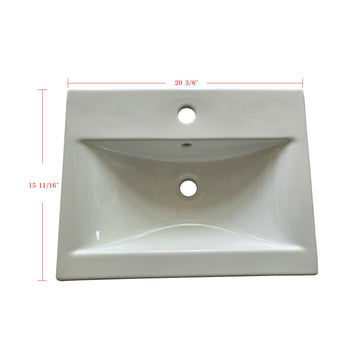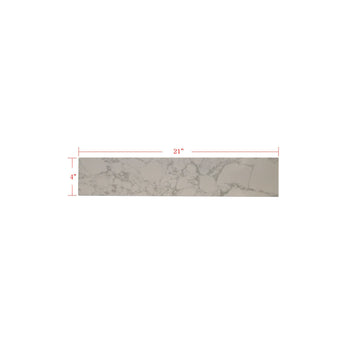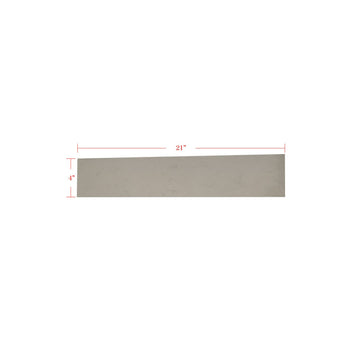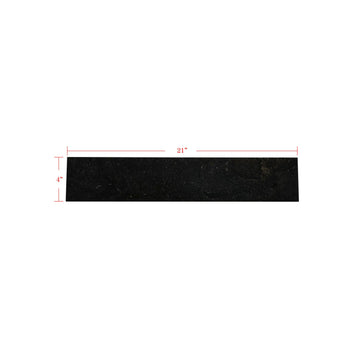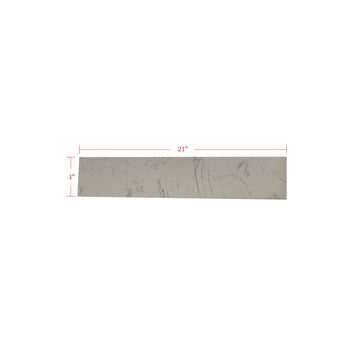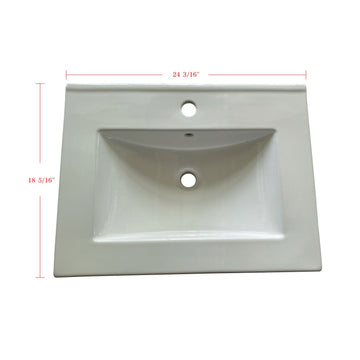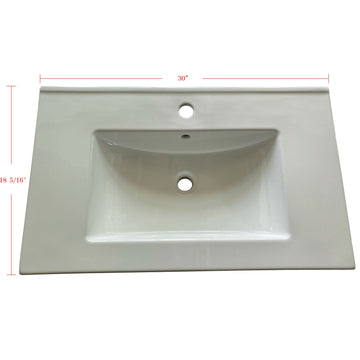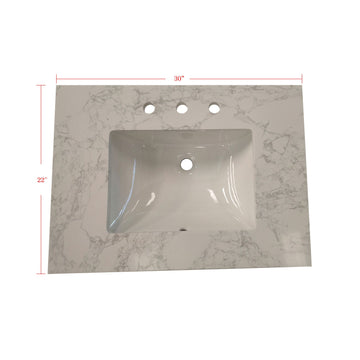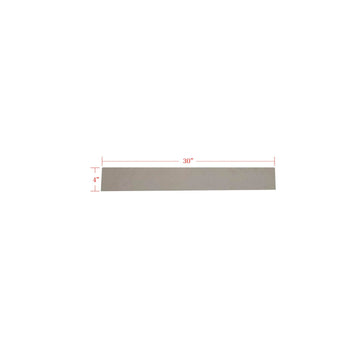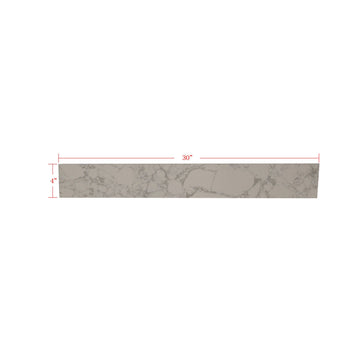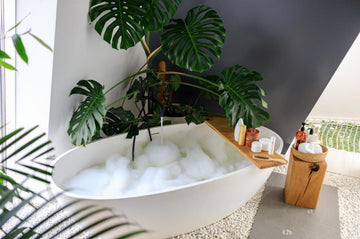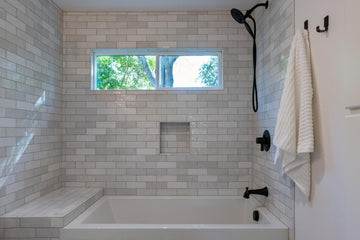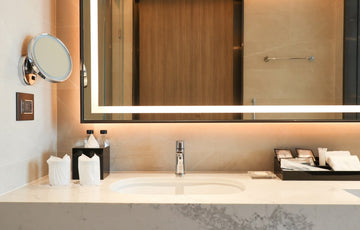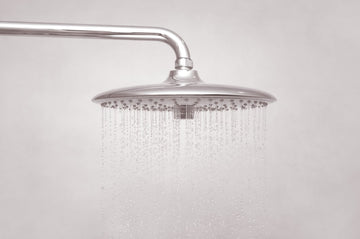One of the first things people think about after buying a new home, getting a raise, or planning a remodel is upgrading the bathroom. And often, that means swapping out a standard shower for a bathtub.
Though personally—like most adults—I tend to lean toward showers for everyday use. They’re quick, convenient, and easy. But there's something about having the option for a long soak that adds value not just to the home, but to your routines.
In this guide, we'll walk through everything you need to know about converting a shower to a bathtub, or doing the reverse. From installation basics and budget expectations to common questions and layout considerations, this breakdown should help you decide what makes the most sense for your space.
Why would you want to convert a shower to tub, or vice versa?
The debate between showers and bathtubs is nothing new. Some prefer the convenience of a quick rinse under a showerhead, while others favor the slower pace of a deep soak. But when it comes to home renovation, this choice becomes more than just personal preference. It is also about practicality, value, and future use.
Lifestyle
If you have young children or are planning to start a family, a bathtub becomes a practical necessity. Likewise, for those who enjoy long, therapeutic baths after a long day, showers just don’t offer the same experience. On the other hand, if you're aging in place or dealing with mobility issues, a walk-in shower might be safer and more accessible than a tub.
Space constraints
Tubs usually take up more space than a basic shower stall, which makes them less ideal for smaller bathrooms. If you're working with limited square footage, converting a tub into a space-saving shower could free up room and make your bathroom feel less cramped.
Resale value
In terms of real estate, the presence of at least one bathtub in a home can be a major selling point, especially for families with small children. That said, modern buyers also appreciate the sleek, updated feel of a walk-in shower. Particularly in secondary or ensuite bathrooms.
Maintenance and efficiency
Showers tend to use less water and are quicker to clean. You simply have no luxury to enjoy a bath in the morning if you need to commute. Bathtubs require more maintenance and tend to consume more water per use. One of the major drawbacks to a bathtub is that you need to plan for a shower.
Ultimately, the choice to convert depends on how you use your space now and how you might need it in the future. If the current setup doesn't meet your lifestyle, it might be time to consider switching.
Converting shower to a tub

Converting a shower to a bathtub isn’t the most common renovation, but it’s entirely possible, provided you plan carefully. Whether you're doing this for relaxation, resale value, or practicality, there are several things to keep in mind before tearing out tiles or ordering a new tub.
What you’ll need
At minimum, you’ll need:
-
A bathtub (freestanding or alcove-style, depending on your space)
-
Plumbing adjustments, including a tub spout and overflow drain
-
Wall or tile surround (if you’re not doing a freestanding model)
-
Waterproofing materials
-
Optional: a new faucet, shower diverter, and enclosure if you want to retain shower functionality
Make sure your existing plumbing is compatible with a tub setup. Many shower drains are located in the center of the stall, while most tubs have their drain on one end. This may require rerouting pipes.
What to consider
Space
First, measure your bathroom. Tubs typically need a footprint of at least 60" x 30", though smaller models exist. If your shower area is too small, you may need to extend into adjacent floor space.
Floor load
Tubs, especially cast iron or soaking tubs, can be heavy. Make sure your floor structure can support the additional load.
Waterproofing
If you're installing a built-in tub, you'll need to address the walls surrounding it with tile or panels. If you're installing a freestanding tub, the waterproofing focus will be on the floor and splash zones.
Timeframe
With the help of professionals, the conversion usually takes 3–5 days. DIYers should expect a longer timeframe, depending on skill level and whether any issues are discovered once demolition begins.
Cost
The total cost varies significantly depending on the scope of work, tub type, and whether you’re hiring professionals or doing it yourself. Here’s a rough breakdown:
-
Bathtub: $400 – $3,000+
-
Plumbing adjustments: $300 – $1,000
-
Tile and waterproofing: $500 – $2,000
-
Labor: $1,000 – $3,000 (depending on region and complexity)
-
Total Estimated Cost: $2,200 – $9,000+
Freestanding tubs may cost more upfront but can reduce installation expenses since they don’t require tile surrounds or integrated alcove structures.
Converting tub to a shower

Switching from a bathtub to a shower is more common in modern renovations, especially in smaller bathrooms or for accessibility reasons. The process is generally simpler than installing a tub, but it still requires some planning.
You’ll need to
-
Remove the existing tub
-
Install a shower base or build a tiled shower pan
-
Adjust the plumbing for a higher showerhead outlet and proper drainage
-
Add waterproof walls or tile around the shower area
-
Optionally, install a glass enclosure or shower curtain rod
Plumbing modifications are typically less extensive since both systems use similar rough-ins, but the drain may need repositioning for a center-mounted shower pan.
Estimated cost: $1,500 – $7,000+, depending on the materials, complexity, and labor.
This conversion is often faster than the reverse. Usually completed in 2–4 days by professionals. For accessibility remodels, consider a low-threshold or curbless shower.
Why not just add a shower head over a tub (or a tub under a shower head)?
At first glance, combining a shower and tub into one space seems like the easiest solution. And for many households, it is. It saves room, money, and the hassle of a full remodel. But there are trade-offs worth considering.
Adding a shower head above a tub is common, especially in smaller bathrooms. It gives you the flexibility of both options without needing two separate fixtures. However, this setup isn’t ideal for everyone:
-
Comfort and ergonomics: Bathtubs aren’t designed for standing. If the tub walls are too high or too curved, showering can feel awkward or even unsafe.
-
Aesthetic and value: A combined setup may not look as sleek or modern as a dedicated walk-in shower or standalone tub.
-
Waterproofing needs: You’ll need proper wall surrounds or tiling to prevent moisture damage, especially in older bathrooms.
Similarly, placing a tub underneath an existing shower head without making adjustments can look like a shortcut. It may require significant waterproofing upgrades and could still lack the comfort or usability of a dedicated setup.
So while combo setups work and are very common, they're a compromise. One that prioritizes convenience over design or performance. If space and budget allow, separating the two offers better results.
Final considerations before you start
Converting a shower to a bathtub, or the other way around, isn’t just a cosmetic upgrade. It affects how you use your space daily, impacts plumbing and structure, and can even shift the resale value of your home. Whether you’re aiming for long soaks or quicker routines, make sure your decision lines up with your lifestyle, budget, and available space.
If you're looking for tubs, vanities, or the fixtures to make your remodel easier, check out our curated collections. We offer a range of options for every setup. Freestanding tubs, drop-ins, faucets, and more. Built to fit both practical needs and visual preferences.
FAQs
Can any shower space be converted into a tub?
Not always. It depends on the available floor space, plumbing layout, and structural support. Standard tubs require at least 60 inches in length. Some shower stalls don’t provide that.
Do I need to move plumbing lines to install a tub?
In most cases, yes. The drain and faucet placements for tubs differ from showers, so some rerouting is usually necessary.
Is it easier to install a freestanding tub or a built-in one during conversion?
Freestanding tubs are easier to install in some cases because they require less wall framing. However, they may need reinforced flooring and exposed plumbing adjustments.
Can I keep my existing shower valve when converting to a tub?
Usually not. Tub fillers need higher water flow, and the valve placement might not align with the tub spout. A valve replacement is often required.
